| [1] Leistner DM, Fischer-Rasokat U, Honold J, et al. Transplantation of progenitor cells and regeneration enhancement in acute myocardial infarction (TOPCARE-AMI): final 5-year results suggest long-term safety and efficacy. Clin Res Cardiol. 2011; 100(10):925-934. [2] Gyöngyösi M, Lang I, Dettke M, et al. Combined delivery approach of bone marrow mononuclear stem cells early and late after myocardial infarction: the MYSTAR prospective, randomized study. Nat Clin Pract Cardiovasc Med.2009;6(1): 70-81.[3] Lunde K, Solheim S, Aakhus S, et al. Intracoronary injection of mononuclear bone marrow cells in acute myocardial infarction. N Engl J Med. 2006;355(12):1l99-1209.[4] Toma C, Pittenger MF, Cahill KS, et al. Human mesenchymal stem cells differentiate to a cardiomyocyte phenotype in the adult murine heart. Circulation. 2002;105(1):93-98.[5] Jochen Müller-Ehmsen, Benjamin Krausgrill, Volker Burst, et al. Effective engraftment but poor mid-term persistence of mononuclear and mesenchymal bone marrow cells in acute and chronic rat myocardial infarction. J Mol Cell Cardiol. 2006; 41(5):876-884.[6] Wang AL, Shen FQ, Liang YF, et al. Marrow-derived MSCs and atorvastatin improve cardiac function in rat model of AMI. Int J Cardiol. 2011;150(1):28-32. [7] Robey TE, Saiget MK, Reinecke H, et al. Systems approaches to preventing transplanted cell death in cardiac repair. J Mol Cell Cardio1. 2008;45(4):567-581.[8] Zhu W, Chen J, Cong X, et al. Hypoxia and serum deprivation-induced apoptosis in mesenchymal stem cells. Stem Cells. 2006;24(2):416-425.[9] Zongwei Li, Hua Wei, Xuebin Liu, et al. LPA rescues ER stress-associated apoptosis in hypoxia and serum deprivation-stimulated mesenchymal stem cells. J Cell Biochem. 2010;111(4):811-820.[10] Wang R. Two’s company, three’s a crowd: Can H2S be the third endogenous gaseous transmitter. FASEB J. 2002;6(13): 1792-1798.[11] Tang G, Wu L, Wang R. Interaction of hydrogen sulfide with ion channels. Clin Exp Pharmacol Physiol. 2010;37(7): 753-763. [12] Yang G, Wu L, Jiang B, et al. H2S as a physiologic vasorelaxant: hypertension in mice with deletion of cystathionine gamma-lyase. Science. 2008;322(5901): 587-590.[13] Yang G, Wu L, Bryan S, et al. Cystathionine gamma-lyase deficiency and overproliferation of smooth muscle cells. Cardiovasc Res. 2010;86(3):487-495. [14] Zhao W, Zhang J, Lu Y, et al. The vasorelaxant effect of H2S as a novel endogenous gaseous K(ATP) channel opener. EMBO J. 2001;20(21):6008-6016.[15] Lu M, Hu LF, Hu G, et al. Hydrogen sulfide protects astrocytes against H(2)O(2)-induced neural injury via enhancing glutamate uptake. Free Radic Biol Med. 2008;45(12): 1705-1713.[16] Tang XQ, Fan LL, Li YJ, et al. Inhibition of hydrogen sulfide generation contributes to 1-methy-4-pheny-lpyridiniumion- induced neurotoxicity. Neurotox Res. 2011;19(3):403-411. [17] Tang XQ, Shen XT, Huang YE, et al. Inhibition of endogenous hydrogen sulfide generation is associated with homocysteine-induced neurotoxicity: role of ERK1/2 activation. J Mol Neurosci. 2011;45(1):60-67. [18] 万俊,王爱玲,吕浩敏. HIF-1α在骨髓间充质干细胞治疗大鼠急性心肌梗死中的作用[J].安徽医科大学学报,2011,46(12):1234- 1237.[19] 周美玲,王爱玲,徐风,等.低氧增强骨髓间充质干细胞对缺氧诱导心肌细胞凋亡的可能性[J].中国组织工程研究与临床康复,2011, 15(6):955-958.[20] 徐凤,王爱玲,陈峰,等.骨髓间充质干细胞预移植1周后构建心肌缺血再灌注损伤大鼠模型[J].中国组织工程研究与临床康复, 2011,15(1):46-50.[21] Heil M, Ziegelhoeffer T, Mees B, et al. A different outlook on the role of bone marrow stem cells in vascular growth: bone marrow delivers software not hardware. Circ Res. 2004;94(5): 573-574.[22] Mathur A, Martin JF. Stem cells and repair of the heart. Lancet. 2004;364(9429):183-192.[23] Hu X, Yu SP, Fraser JL, et al. Transplantation of hypoxia-preconditioned mesenchymal stem cells improves infarcted heart function via enhanced survival of implanted cells and angiogenesis. J Thorac Cardiovasc Surg. 2008; 135(4):799-808.[24] Tsubokawa T, Yagi K, Nakanishi C, et al. Impact of anti-apoptotic and anti-oxidative effects of bone marrow mesenchymal stem cells with transient overexpression of heme oxygenase-1 on myocardial ischemia. Am J Physiol Heart Circ Physiol. 2010;298(5):H1320-1329. [25] Herrmann JL, Wang Y, Abarbanell AM, et al. Preconditioning mesenchymal stem cells with transforming growth factor-alpha improves mesenchymal stem cell-mediated cardioprotection. Shock. 2010;33(1):24-30.[26] Kimura H. Hydrogen sulfide: its production, release and functions. Amino Acids. 2011;41(1):113-121. [27] Kimura Y, Kimura H. Hydrogen sulfide protects neurons from oxidative stress. FASEB J. 2004;18(10):1165-1167.[28] 孟金兰,兰爱平,郭瑞鲜,等. 硫化氢对化学性缺氧诱导PC12细胞细胞凋亡的影响[J]. 中山大学学报(医学科学版), 2010,31(1): 79-84.[29] 李双凤,王丹,王亚平,等. MPTP参与硫化氢对大鼠心肌缺血再灌注损伤的延迟性保护作用. 东南大学学报(医学版),2010,29(6): 648-651.[30] 季永,于水,杨海扣,等.外源性硫化氢后处理对离体大鼠心肌细胞凋亡及Bcl-2、Bax蛋白表达的影响[J].徐州医学院学报,2010, 30(12):829-833.[31] Tiong CX, Lu M, Bian JS. Protective effect of hydrogen sulphide against 6-OHDA-induced cell injury in SH-SY5Y cells involves PKC/PI3K/Akt pathway. Br J Pharmacol. 2010; 161(2):467-80.[32] Tay AS, Hu LF, Lu M, et al. Hydrogen sulfide protects neurons against hypoxic injury via stimulation of ATP-sensitive potassium channel/protein kinase c/extracellular signal-regulated kinase/heat shock protein90 pathway. Neuroscience. 2010;167(2):277-86.[33] 李敬春,黄纲,雍碧城,等.硫化氢抑制顺铂致人骨髓间充质干细胞的损伤[J].中国组织工程研究与临床康复,2011,15(10):1736- 1740.[34] Xie X, Sun A, Zhu W, et al. Transplantation of mesenchymal stem cells preconditioned with hydrogen sulfide enhances repair of myocardial infarction in rats. Tohoku J Exp Med. 2012;226(1):29-36. |
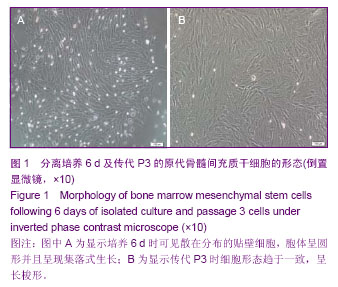
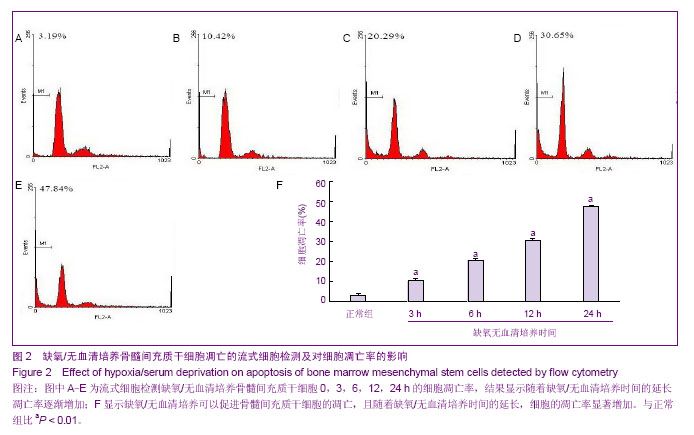
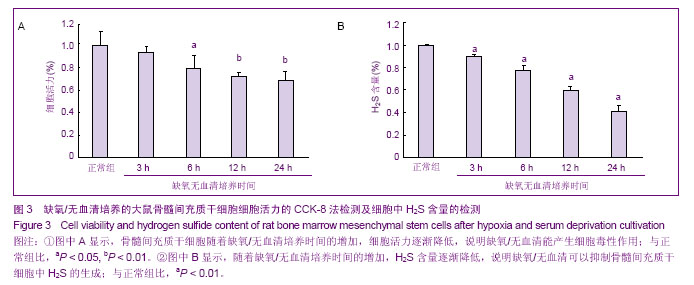
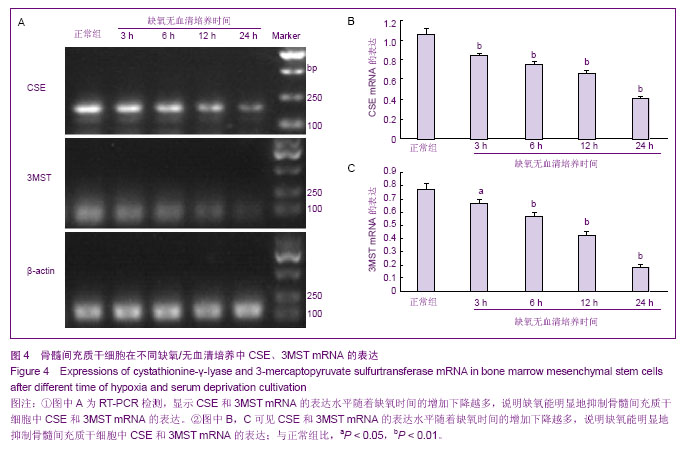
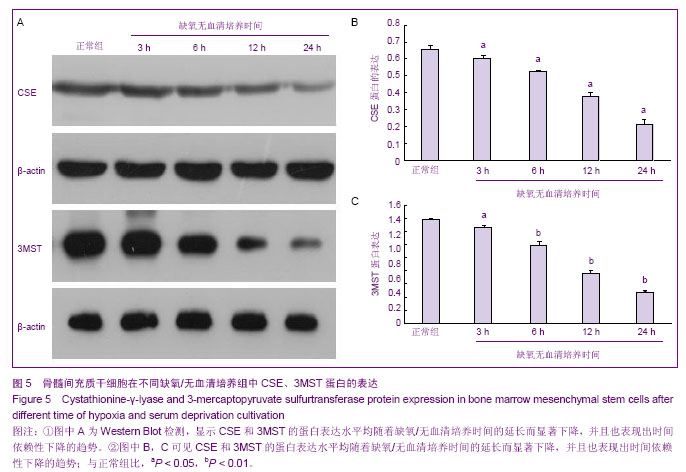
.jpg)
.jpg)